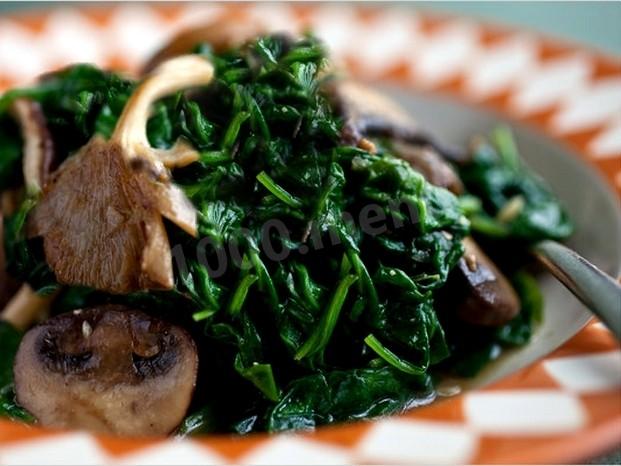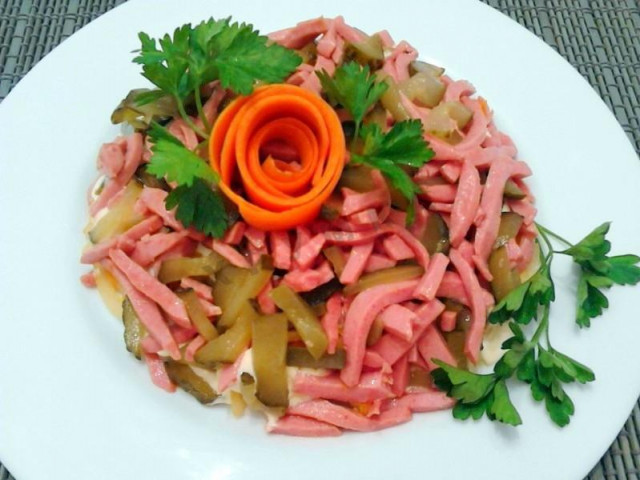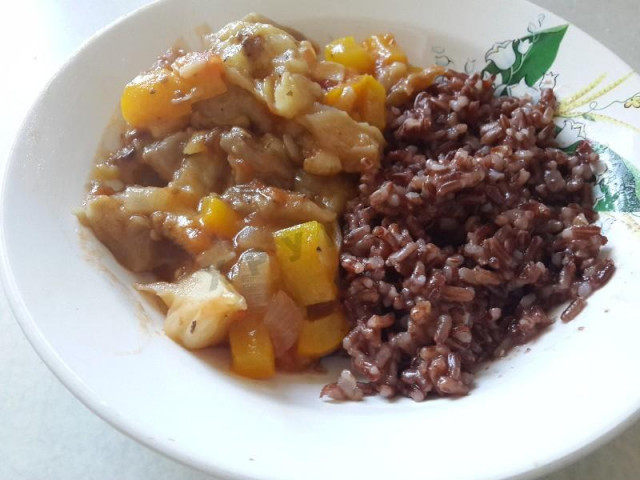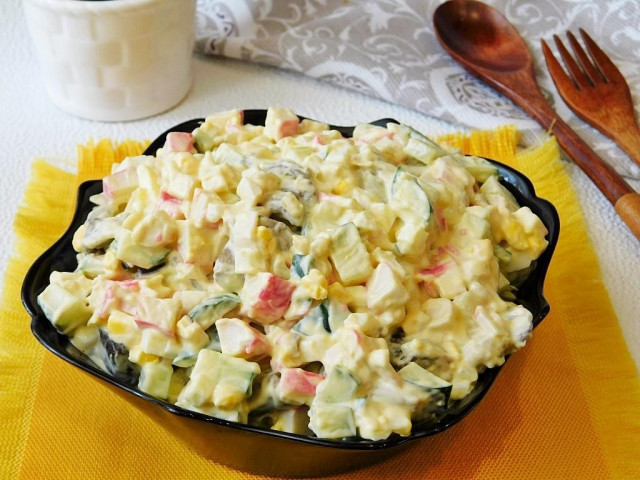Composition / ingredients
Step-by-step cooking
Step 1:
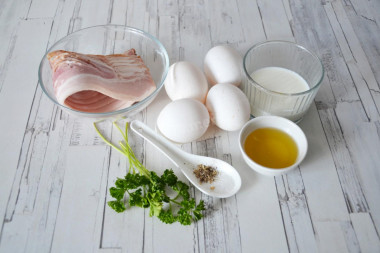
Prepare the ingredients. To make an omelet with bacon, we will need: smoked or boiled bacon; eggs; milk; vegetable oil; herbs to taste; ground black pepper and salt.
Step 2:
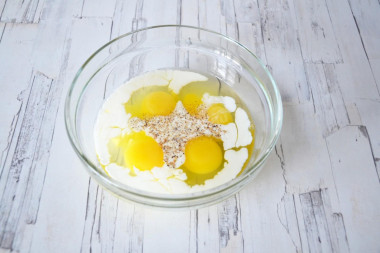
Combine eggs with milk, salt and pepper. Stir with a whisk or fork until smooth.
Step 3:
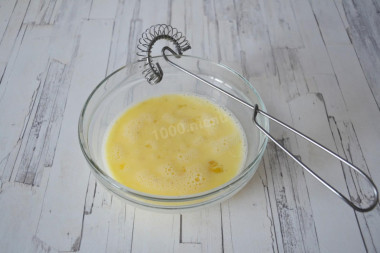
It is not necessary to beat strongly so that there are no bubbles on the surface. It is only necessary to achieve uniformity.
Step 4:
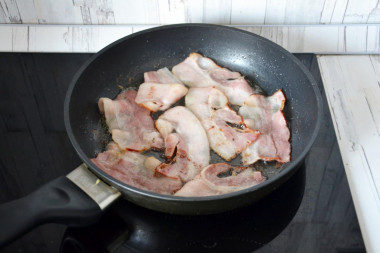
Heat vegetable oil in a frying pan. Lay out the bacon. If you have it greasy, you can either not put oil at all, or reduce its amount. Fry on both sides until golden brown for about 2 minutes on each side.
Step 5:
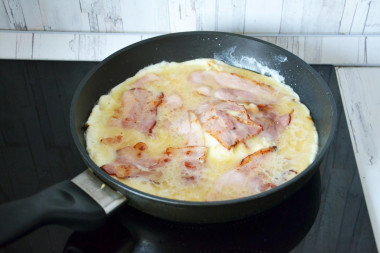
Pour the egg-milk mixture into the bacon. Fry the omelet on low heat under the lid for about 8 minutes.
Step 6:

Transfer the finished omelet to a dish. Sprinkle with herbs and serve. Enjoy your meal!
The French consider the omelet their invention. The word "omelet" itself comes from France, however, an omelet in French is still different from an omelet in other national cuisines. No water or flour is added to it. And before serving it on the table, it is rolled up with a tube. French cooks consider an omelet to be the first dish that every self-respecting cook should be able to make, and then everyone else. Moreover, it should be beaten exclusively with a fork. No beaters and mixers. Now in France there is not a single restaurant and cafe where several varieties of omelet would not be served.
The Italian omelet is called "fritatta". Italians use meat, vegetables and cheese as a filling for an omelet. Usually several varieties of cheese are mixed, for example, mozzarella, cheddar and ricotta. The so-called "Neapolitan peasant omelet" has the deepest historical roots in Italy. Sometimes salmon meat is used as a filling. It all depends on the specific region or region.
In Spain, an omelet is called a "tortilla". The main ingredients of the Spanish omelet, in addition to eggs, are fried potatoes, garlic cloves, artichokes and onions. All this is fried in olive oil (which is quite natural). Spaniards have been making omelets for at least 400 years.
Scandinavians have also been familiar with the art of making omelets for several hundred years. Probably since the time of the Vikings. As a filling, they added pieces of salmon, cod or salmon. Sometimes cranberry juice was also present in the recipe. Later it was served with improvised sandwiches.
Caloric content of the products possible in the composition of the dish
- Whole cow's milk - 68 kcal/100g
- Milk 3.5% fat content - 64 kcal/100g
- Milk 3.2% fat content - 60 kcal/100g
- Milk 1.5% fat content - 47 kcal/100g
- Concentrated milk 7.5% fat content - 140 kcal/100g
- Milk 2.5% fat content - 54 kcal/100g
- Chicken egg - 157 kcal/100g
- Egg white - 45 kcal/100g
- Egg powder - 542 kcal/100g
- Egg yolk - 352 kcal/100g
- Ostrich egg - 118 kcal/100g
- Ground black pepper - 255 kcal/100g
- Parsley greens - 45 kcal/100g
- Vegetable oil - 873 kcal/100g
- Boiled bacon - 447 kcal/100g
- Salt - 0 kcal/100g



